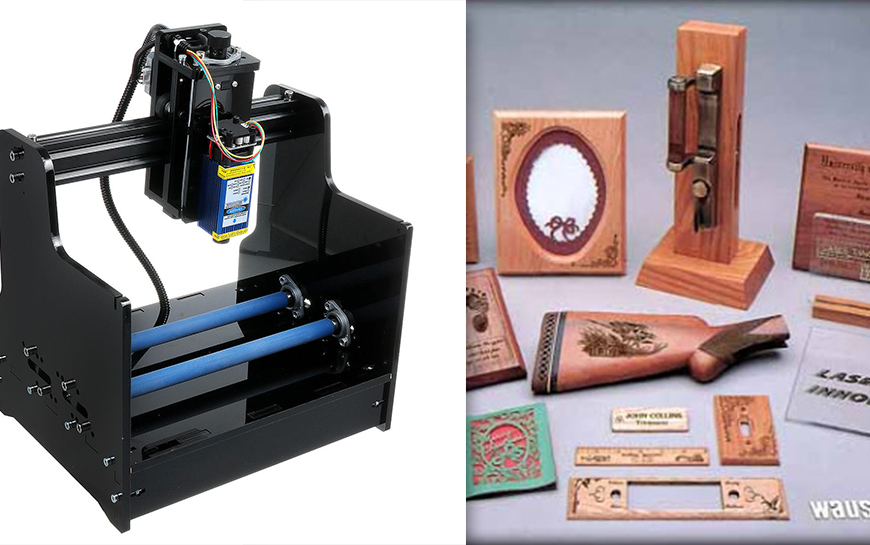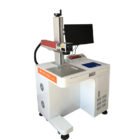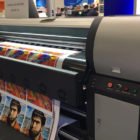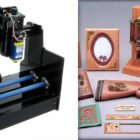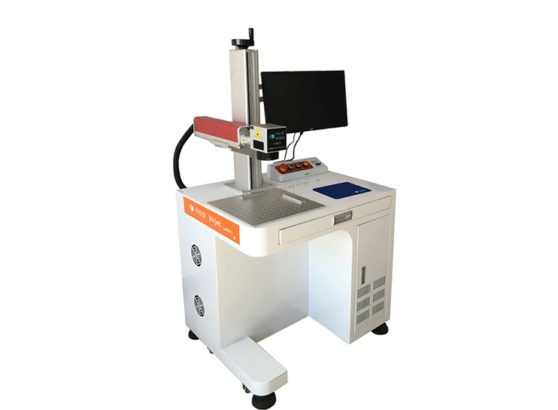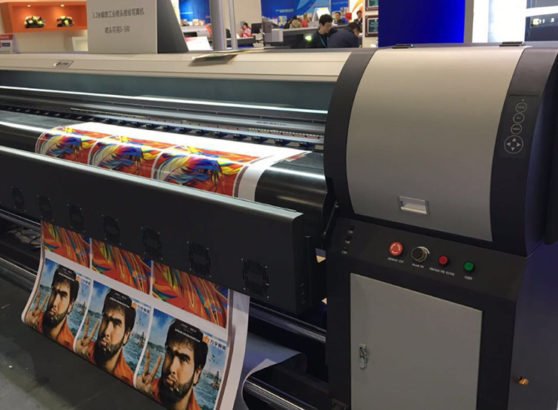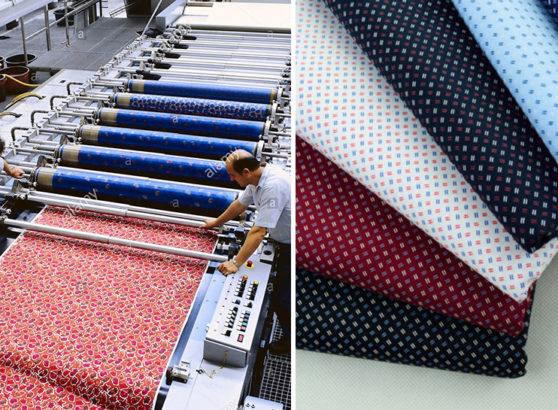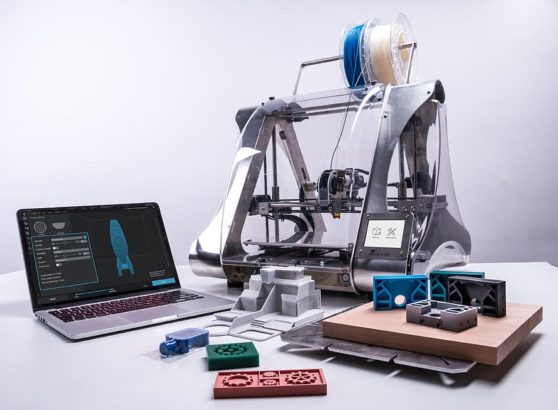Laser marking deals with the process of marking the surface of various objects. This is achieved by a number of methods like charring, melting, foaming, chemical alterations, etc. A popular subset of this category, laser engraving refers to the use of lasers to engrave patterns onto different surfaces.
Laser engraving does not include the application of ink which often wears out with time and also requires various tools that need to be changed periodically. Instead, an engraved product guarantees a lifetime presence of the design, so there is no need to worry about it fading or wearing out.
Needless to say, this makes engraving machines of great consequence to various industries where it is in heavy demand. The increase in its use has also given rise to automation machinery, with more and more manufacturers opting to automate their factories to reduce manual labour and maximize their output.
What is a Laser Engraving Machine?
A laser engraving machine is used to engrave surfaces using a stencil, a drawing or a model. It transfers representations onto exteriors like metal, glass, wood, plastic and so on. It is made up of three main parts namely, a laser, a controller and a surface.
As the name suggests, a laser beam is used to embed a particular pattern. It is this beam that makes it possible for the controller of the machine to trace the design on a surface. Tru to its name, it is the controller that controls the movement, the strength and the width of the laser beam which results in the realisation of the desired design on the surface of a product.
There are three different forms of engraving. The first form is the X-Y table where the surface remains stationary and the laser beam moves with the help of the controller. This can also be the other way around, with the laser optics remaining stationary and the surface moving along the path of the pattern.
The second form of the engraving method is for workpieces that are placed around a cylindrical object. In this method, the laser traces a detailed helix with the help of laser optics and the controller guiding it to achieve the desired image.
In the third form, both the surface (workpiece) and the laser beam remain in one place. The laser beam is moved over the surface with the help of galvo mirrors. It is possible to use it in either vector or raster mode.
The reason why a laser engraving machine is of great consequence to manufacturers is because of its expansive functionality. A laser is a perfect tool to remove any material in its way with ease and efficiency as it uses a beam made of unified light which is emitted through an optical amplification process. This makes it ideal for embedding most surfaces with great precision which leaves virtually no room for mistakes.
Chemical Etching vs Laser Engraving
Etching and engraving, in a raw sense, are pretty similar to each other. However, upon closer inspection, you will find that there are certain qualities singular to each of these techniques that make it quite different from each other. To completely understand the difference between the two, one must understand what etching and engraving are.
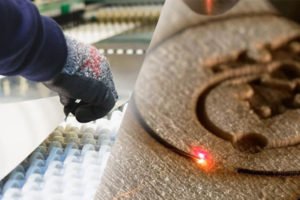
Chemical Etching
Also known as industrial etching, it involves the immersion of metals in chemicals that are regulated by temperature. This is done to remove particular parts of the surface to achieve the desired product.
Chemical etching is most suitable for manufacturers who deal in the production of complex and intricate metal parts or small products like jewellery since it has the capacity for extreme detailing and premium product quality. The most common materials that can be chemically etched are stainless steel, copper, bronze, nickel and other such metals.
The advantages of chemical etching are:
- Chemical etching is an efficient way of realising your desired product and makes for a speedy production technique.
- This method is very cost-effective and serves you well in the long-run.
- It is remarkably precise and thus, can be used for extremely fine detailing.
- Chemical etching is suitable for a variety of materials even though it is more viable for thin surfaces.
- This process can be repeated multiple times, is very durable and extremely cost-efficient.
Laser Engraving
As already discussed above, laser engraving is the process of marking a surface permanently using a laser beam. It is a viable option for almost every material that can be engraved including metal, wood, glass and plastic. It is detailed and often used to make phone covers, badges and other similar products.
Since it uses a laser beam to embed products, this is a much more efficient and accelerated method of transferring a particular design onto a surface. The controller also helps with additional detailing of a product as it commands the magnitude of strength, direction and the spread of the beam which ultimately results in the realisation of the perfect pattern on a particular surface.
The advantages of laser engraving are:
- A laser is extremely effective in the rapid removal of any material in its way, which makes this process time-effective for manufacturers.
- A good laser engraving machine is very cost-effective in the long run which makes it a personal favourite of most operators.
- It is suitable for most materials as the laser beam can be directed by the controller to create any design or varying depths and breadth.
- This process can be repeated several times in order to achieve a deeper indent on a material.
- If you do not want to work with a laser engraving machine, you can also try your hand at it with an engraving pen which allows more modification and personalisation to a particular product.

